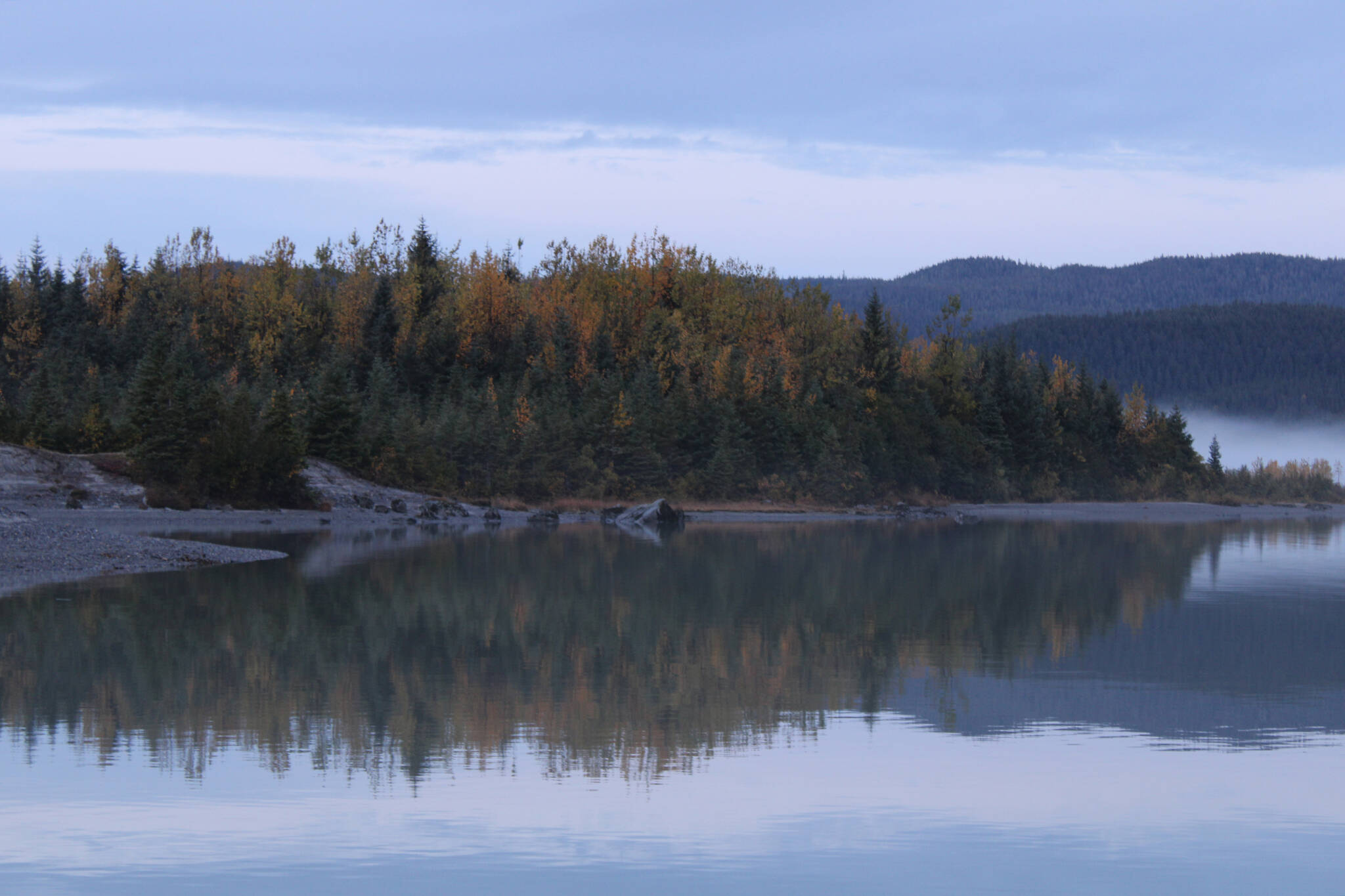By Sam Skaggs
If you live in Southeast Alaska, you know that Southeast is a rich place abundant with natural, renewable capital. That natural capital provides us with wild fish and game that we harvest and process for the winter months, good paying jobs in industries such as commercial fishing, guiding and tourism, stores 44% of the carbon stored in all natural forests, and directly creates millions of dollars in regional wealth. What is Southeast Alaska’s natural capital worth? And how do we ensure that the region’s ecosystems continue to produce these same services and value for generations to come? These are questions that we must be asking ourselves as we weigh resource management and policy decisions, including reinstating the Roadless Rule in the Tongass National Forest.
Much like a bank, Southeast Alaska’s natural capital provides “dividends” year after year. Our region’s network of coastal-temperate rainforests, rich estuaries, freshwater aquatic ecosystems, and the near-shore and off-shore marine waters each provide critical ecosystem services that benefit our local communities, national economy, and even global trade. Several years ago, a few of us started to refer to Southeast Alaska as a “SeaBank” in acknowledgement that the region’s forests, marine environment and freshwater aquatic ecosystems produce tremendous economic output that benefits a wide range of shareholders, including those of us who live here. In 2017, the Alaska Sustainable Fisheries Trust created the SeaBank Program to help quantify the total value of SeaBank’s ecosystem services, especially the services that are less visible but are essential to the economic stability and resiliency of our region.
The SeaBank Program just recently released its annual report, which concluded that the estimated global ecosystem service values for all SeaBank biomes are between $125 and $145 trillion per year! SeaBank’s largest natural capital asset is the coastal rainforest biome, which provides asset values for multiple ecosystem services valued at $3,000 per hectare. If you multiply that number times the 11 million acres of Southeast’s forested natural capital, then you’re looking at more than $13 billion annually generated by provisioning ecosystem services for wildlife, carbon sequestration, fish habitat and outdoor recreation. That’s a huge dividend by any measure.
While these massive numbers can feel abstract, we can see the value of SeaBank more directly when we look at Southeast Alaska’s largest private sector industries: commercial fishing and seafood processing, and tourism which combined supported more than 12,000 jobs (three quarters of which were held by local residents) and generated more than half a billion dollars in earnings in 2019. If SeaBank’s ecosystems were to stop functioning and disappear, so too would those jobs and industries.
While SeaBank gives us a lot to celebrate and be thankful for, it’s clear based on the latest research that climate change is already starting to have impacts on our coastal ecosystems and their productivity. We’re seeing some of these impacts in recent extreme weather events such as droughts and atmospheric rivers and will likely see an increase in these extreme weather events. These weather events and changing ocean conditions threaten SeaBank’s estuaries, rivers, and forests. That in turn threatens the value and benefits that we receive and rely on. One of the best ways we can protect the $125 trillion that SeaBank provides in annual ecosystem services is by protecting SeaBank’s natural capital and making sure the forests and rivers continue to function and provide the services that they have for millennia. We must adopt climate mitigation policies that prioritize protection of SeaBank’s coastal ecosystems from destructive activities like industrial scale logging, which drain resources and economic value from our region. Reinstating the Roadless Rule for the Tongass National Forest is a perfect next step in doing just that.
At the end of the day, SeaBank’s numbers speak for themselves and paint a very clear picture of what’s needed to keep our region’s ecosystems productive and our communities stable and resilient. We can’t improve on what nature has created, but we can sure as heck muck it up. As we are all shareholders of SeaBank, we must take this information to heart and use it to guide us in how we manage our natural capital. I hope that we can be smart investors and protect our greatest assets so that we can all continue to live in this exceptional place and enjoy the rich quality of life that Southeast Alaska offers.
• Sam Skaggs, recently retired, was a registered investment adviser with over 30 years’ experience managing portfolios and giving financial advice to individuals and organizations in Alaska. Now living in Sitka, Skaggs was also President of the Skaggs Foundation, a family foundation that funded conservation projects and helped build community in Alaska beginning in 1988.Columns, My Turns and Letters to the Editor represent the view of the author, not the view of the Juneau Empire.

